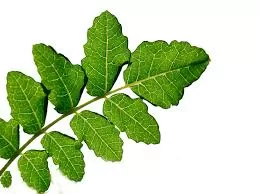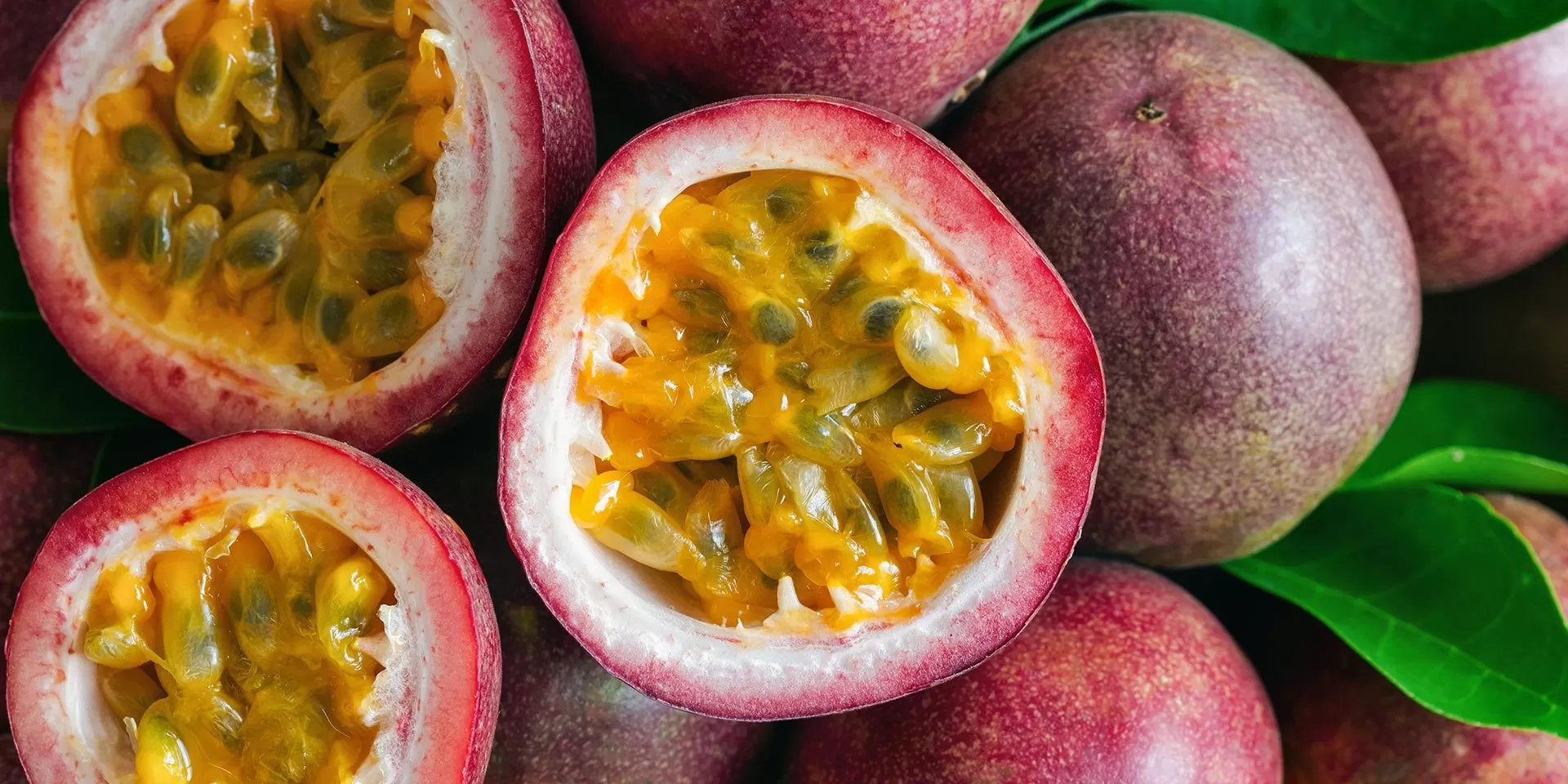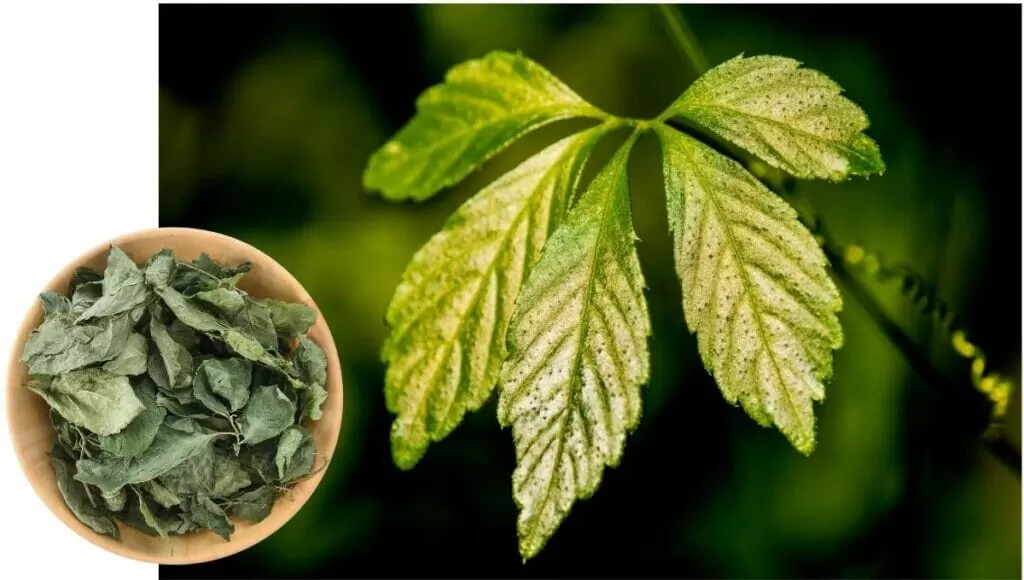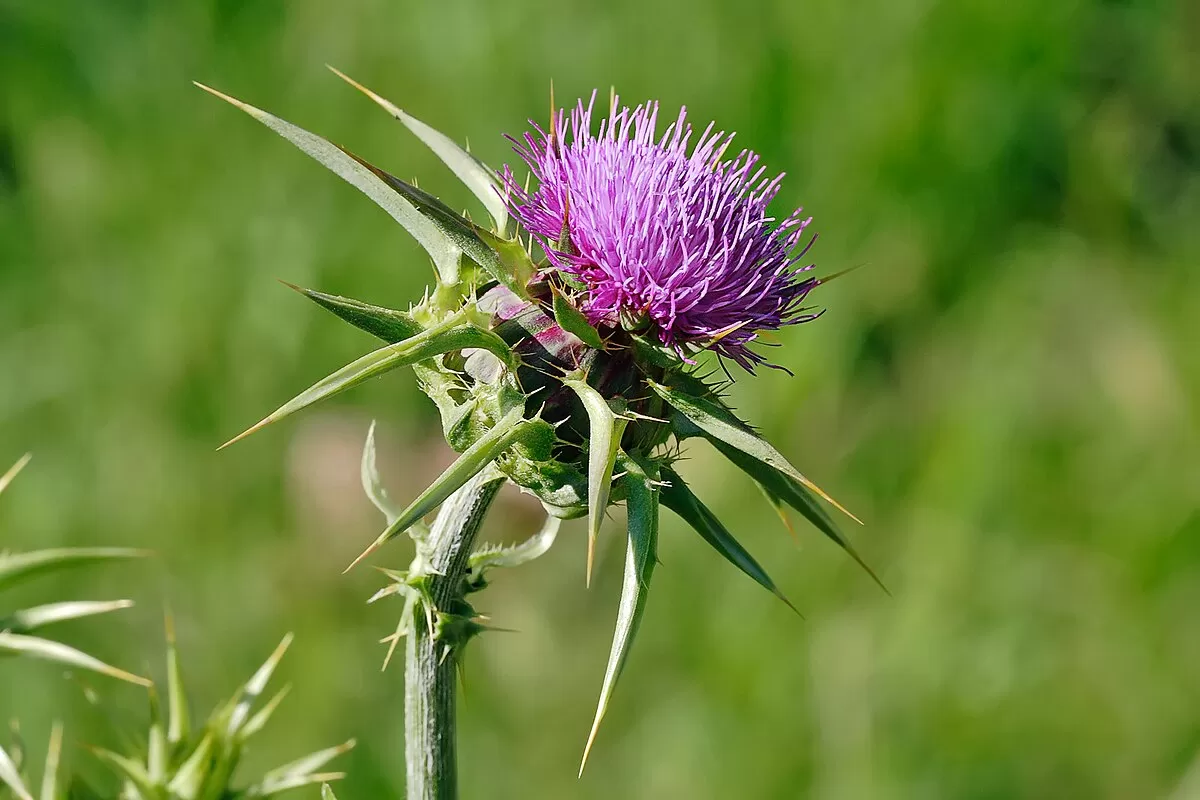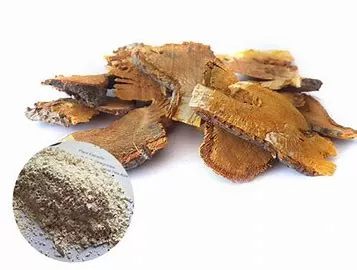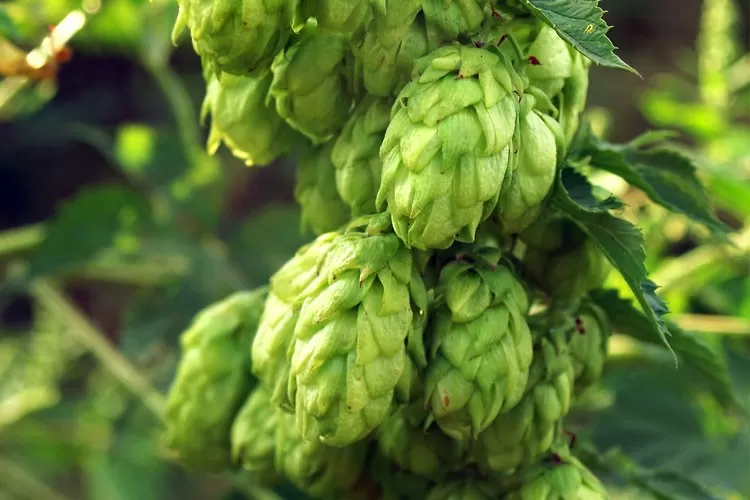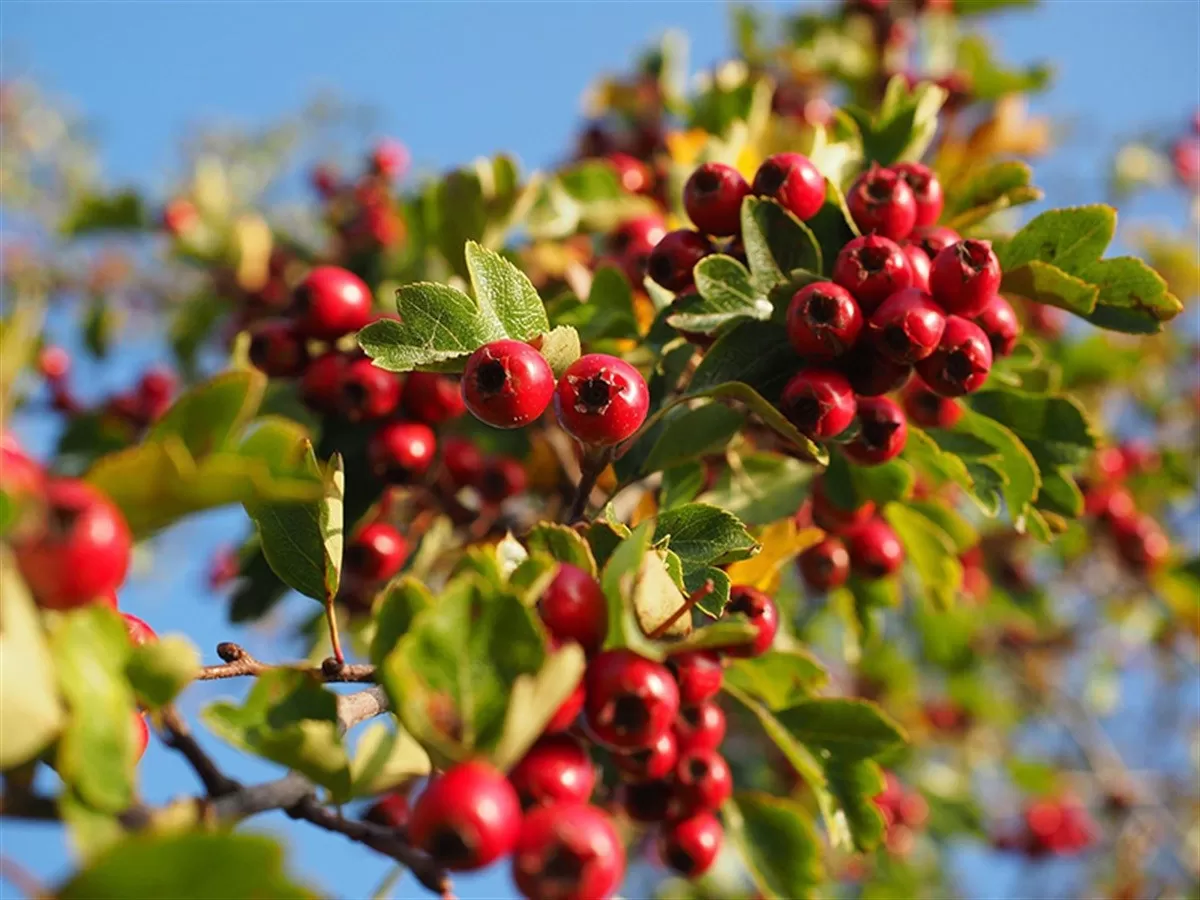- 0086-571-85302990
- sales@greenskybio.com
Stanford Researchers Revolutionize Chemical Assays for Plant-Derived Molecules
2025-03-23
Plants have long been masters of molecular production, evolving over time to create a wide array of small molecules, some beneficial and others potentially harmful to humans. To uncover new medicinal compounds, scientists have traditionally employed the "sniff test" using nematode worms. However, this artisanal method has been labor-intensive and time-consuming, taking hours to evaluate a single molecule. A groundbreaking innovation by a team at the Wu Tsai Neurosciences Institute at Stanford University has transformed this process, making it more efficient and accessible.
Led by Miriam Goodman, a professor of molecular and cell biology, the team has developed technology that repurposes a standard flatbed scanner into a lab platform capable of evaluating dozens of chemotaxis assays in mere minutes. Their innovative setup can prepare 20 plates simultaneously and analyze 80 chemical assays in approximately an hour—a feat that once took weeks to complete.
"In the artisanal days, a highly skilled researcher would need about two weeks to conduct as many assays," said Goodman. Details of this DIY platform, including open-source code, are outlined in a recent publication in PLOS Biology.
Innovation Born from Collaboration
Creating this platform was a formidable task requiring interdisciplinary collaboration. The project involved experts from neurosciences, animal and plant biology, laboratory sciences, mechanical engineering, and computer science. Co-investigators included Seung "Sue" Y. Rhee, Director of the Plant Resilience Institute at Michigan State University, and Thomas R. Clandinin, a professor of neurobiology at Stanford. The "Neuro-Plant Initiative," as they called it, took over five years to develop and test from initial concept to finalized product.
The platform is expected to revolutionize labs traditionally hampered by slow, manual methods, promoting the swift discovery of new molecules with potential applications in medicine, biology, agriculture, and neuroscience. Goodman sees enormous potential in the nematode research community, comprised of roughly 1,200 labs worldwide. She noted the platform's utility in exploring myriad chemical interactions and identifying bacteria species that influence nematode behavior.
Unraveling Plant Chemical Mysteries
Sue Rhee, MSU Foundation Professor, aims to decipher the complex chemical languages used by plants, given that only a small fraction of hundreds of thousands of known plant compounds have understood functions. "Many compounds are believed to aid in pest defense or pollination attraction, yet their roles remain elusive," explained Rhee. She anticipates that high-throughput chemotaxis assays will shed light on these chemical enigmas on a grand scale.
Meanwhile, Thomas Clandinin's neurobiology research focuses on sensory inputs driving animal behavior. His lab's contribution to stabilizing worms in liquid during automated dispensing further transitions assays away from manual methods. "Automating observations of chemotaxis behavior unveils new possibilities for exploring the connection between odors and receptors," said Clandinin.
Future Directions
Looking ahead, Goodman plans to utilize this platform in her neuroscience research. She is collaborating with Harvard University researchers to conduct calcium imaging, recording olfactory neurons' activity in nematodes reacting to different molecules. The platform will enhance behavioral studies, allowing manipulation of individual neurons to identify receptor-compound pairings.
Notably, the way nematodes detect molecules mirrors the olfactory capabilities found in many animals, including humans. Goodman is excited to extend her findings to human neuroscience, comparing chemical receptor interactions across species. "The chemical binding pockets might not be identical in worms and humans, but even their differences are insightful," she noted. Such comparisons could open doors to novel research and applications in neuroscience.
Through this innovative platform, researchers can accelerate chemical discovery and deepen our understanding of molecular interactions across species, paving the way for advancements in science and health.
-
Passion Fruit: Health Benefits and Enjoy
2025-03-23
-
Hops: All You Need to Know
2025-03-23
-
Hawthorn: What You Need to Know
2025-03-23





